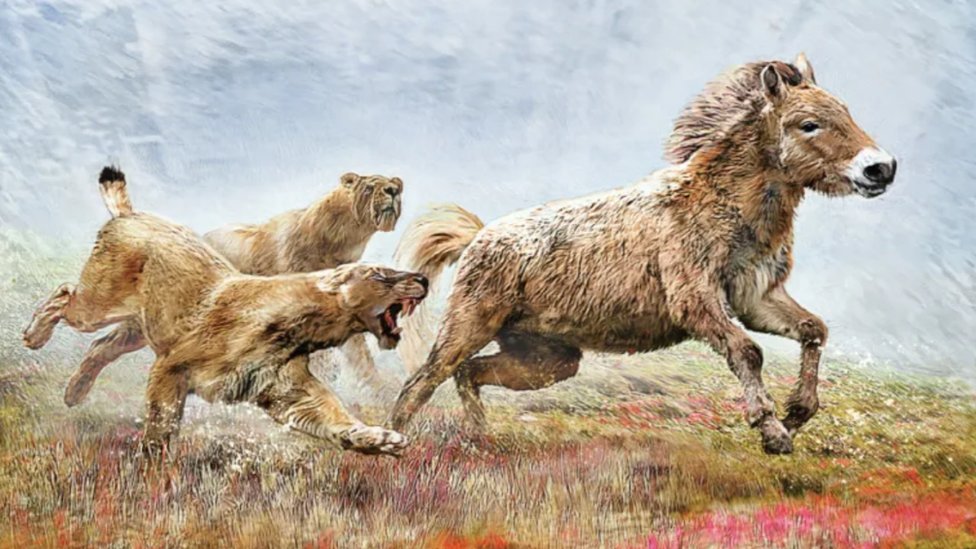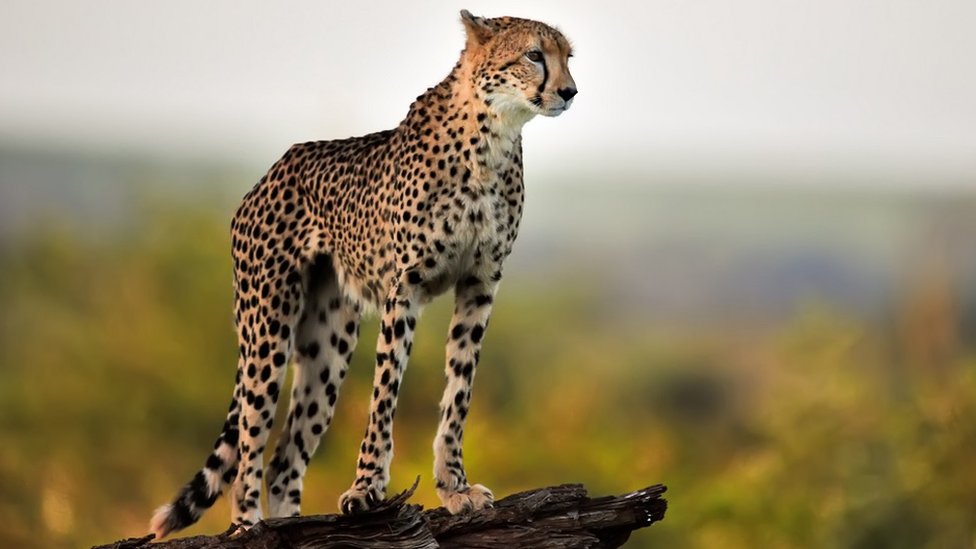Here's a really "cool" prehistoric finding from Scotland! This appeared in BBC News on Oct. 16.
Ice age sabretooth cat revealed from bone sent to Scots scientist
A Scottish scientist has discovered that a 50,000-year-old bone found in Canada belonged to a sabretooth cat.
The bone was among a number discovered in permafrost in Yukon and was thought to be from ancient cave lions.
But DNA analysis by Inverness palaeogeneticist Dr Ross Barnett identified it as being a bone of an Ice Age scimitar-toothed cat.
He was sent the bones while in Copenhagen on a fellowship looking at the genomics of ancient lions.
His preliminary DNA work identified one of the large bones as being from the scimitar-toothed, Homotherium latidens.
Few remains have been found of this species of sabretooth cat.
'Well preserved'
Dr Barnett and colleagues from across Europe and also China, Mexico, New Zealand and India carried out further analysis of the bone.
He said: "This bone was really well preserved so we decided to do some more work on it.
"After the initial DNA extraction we decided to try and sequence the whole genome, which had never been done before."
The team used a specialised technique to capture the broken up small quantities of the cat DNA from that of the bacteria and fungi it was mixed up with in the frozen ground of Yukon.
Their research of the animals' genes, newly published in Current Biology, suggests the cats had good eyesight and hunted during the day.
They were also powerfully built and able to pursue their prey until the other animal was exhausted.
'Vanishingly rare'
On another discovery made, Dr Barnett said: "Homotherium may have been more sociable than most solitary modern cats and could have lived in small groups."
The analysis also suggests there was a "decent sized" population of the cats and probably larger than modern snow leopard, clouded leopard or cheetah populations.
"Homotherium is vanishingly rare in the fossil record so this was a surprise," said Dr Barnett.
"Perhaps we don't have many fossils because of where it was living. Fossils from the ice age are mostly in cave deposits, permafrost regions, and if Homotherium was mostly living somewhere else that could explain it."
He added another possible reason for their being so few fossils was that, just like the bone he was sent, it had been mistaken for a cave lion.




No comments:
Post a Comment